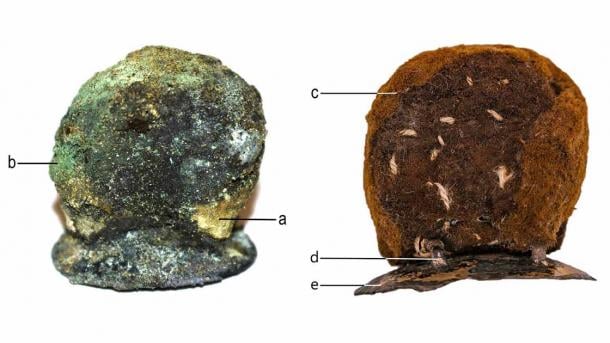During an excavation at the Church of St. Francis of Assisi in Krakow, Poland, archaeologists stumbled upon a remarkable discovery – a nearly 300-year-old medical prosthesis. This unique find, believed to be the first of its kind in the nation, offers a glimpse into the history of treating cleft palate, a birth defect affecting the roof of the mouth.
Cleft palate occurs when the tissues in the roof of the mouth (hard palate) fail to fuse completely during fetal development. This can lead to difficulties with speech, swallowing, and breathing. While modern medicine offers corrective surgery, such options were unavailable in the past. The unearthed prosthesis provides a testament to human ingenuity in the face of medical challenges.
Dr. Anna Spinek, an anthropologist from the Hirszfeld Institute of Immunology and Experimental Therapy, explains the significance of the find. “This is likely the first discovery of such a device not only in Poland but potentially across Europe. There are no existing records of similar prosthetics in any known collections.”
The device, known as a palatal obturator, was designed to fit into the roof of the mouth, filling the gap left by the incomplete hard palate and extending into the nasal cavity. Historical records suggest attempts to address cleft palate issues date back to antiquity. Demosthenes, a renowned Greek orator (384-322 BC), who is believed to have had a cleft palate himself, might have used pebbles to fill the gaps in his mouth to improve his speech.

This exceptional prosthesis is a marvel of early medical technology. Crafted from two distinct parts, it prioritizes both functionality and comfort. A metal plate, primarily composed of copper with traces of gold and silver, mimics the shape of the hard palate. This metallic base is then attached to a soft wool pad, likely treated with silver iodide for its antimicrobial properties. The wool pad ensured a comfortable fit within the mouth.
Measuring roughly 1.2 inches (3.1 centimeters) long and weighing a mere 0.2 ounces (5.5 grams), the prosthesis exhibits a concave shape, mirroring the natural curvature of the hard palate. This design would have allowed for the creation of a hollow space within the mouth, facilitating functions like swallowing and breathing.
While the exact effectiveness of this early prosthesis remains unknown, researchers believe it would have offered significant benefits to the individual who used it. Similar modern-day prosthetics are known to improve speech clarity and enhance comfort while eating for patients with cleft palate.
The discovery of this 300-year-old prosthesis serves as a powerful reminder of human resilience and the constant pursuit of solutions to medical challenges. It not only sheds light on historical medical practices but also inspires further advancements in the field of cleft palate treatment.
The study was published in the April issue of the Journal of Archaeological Science: Reports.
